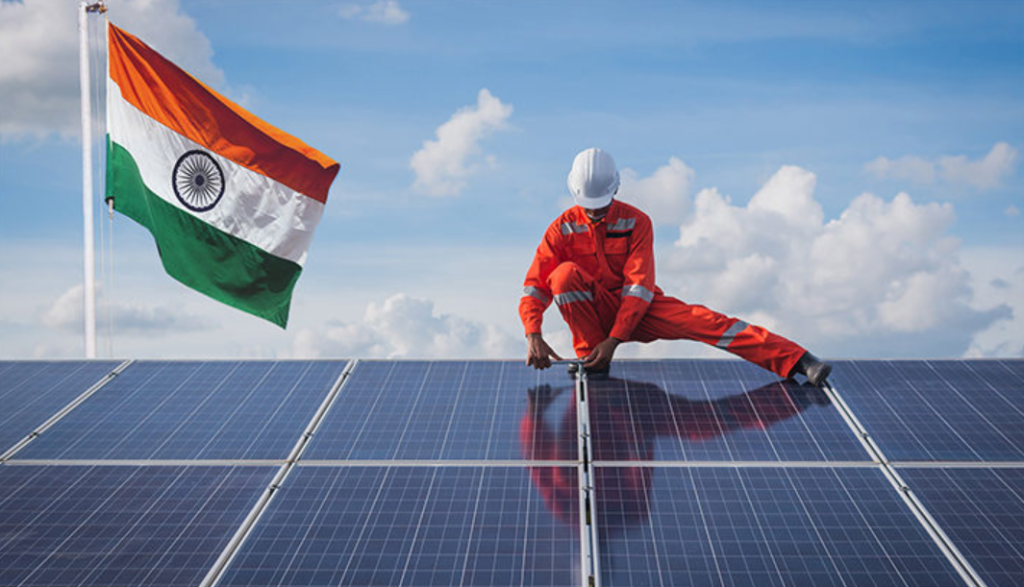The latest data from the International Renewable Energy Agency (IRENA) shows that India has surpassed Japan to become the world’s third-largest solar power producer, with its electricity generation reaching 108,494 gigawatt-hours (GWh) in 2025. Japan follows closely with 96,459 GWh.
As of July 2025, India’s cumulative solar power capacity reached 119.02 gigawatts (GW), forming a diversified development structure: ground-mounted solar power plants account for 90.99 GW, grid-connected rooftop systems for 19.88 GW, with hybrid projects and off-grid solar installations at 3.06 GW and 5.09 GW respectively. Through initiatives such as the Approved List of Models and Manufacturers (ALMM) program, India’s solar manufacturing capacity has leaped from 6 GW in 2019 to 120 GW, achieving a 20-fold growth in three years.
Facing global trade barriers, Chetan Shah, Chairman and Managing Director of Solex Energy Limited, clearly stated that adjusting supply chains to evade US tariffs is not a sustainable strategy. “Establishing factories in countries like the Middle East and Qatar struggles to achieve cost-effectiveness. India’s scale advantages and industrial ecosystem are irreplaceable.” He believes US tariffs are a “temporary measure,” given the lack of domestic manufacturing in the US, and India, with its cost advantages, will benefit from the geopolitical landscape.
While deepening its domestic base, India is actively expanding international cooperation. Solex Energy has signed a Memorandum of Understanding with Germany’s ISC Konstanz, focusing on advanced research and development cooperation in solar cell manufacturing. Shah emphasized: “Changes in the global landscape create new opportunities for India-Europe cooperation. Indian manufacturers need to balance innovation with cost-effectiveness to regain industry leadership.”
The explosive growth of India’s solar industry is deeply aligned with its energy structure transformation. In the first half of 2025, India’s new PV installations increased by 31% year-on-year, and the growth in renewable energy was more than three times the growth in electricity demand, driving a 3.1% decline in coal usage. As a core commitment of COP26, India is steadily advancing towards its goal of achieving 500 GW of non-fossil fuel power capacity by 2030, with solar power continuing to play a pivotal role.
Industry analysis suggests that with policy support, cost advantages, and market potential, India has grown from an emerging solar market to a key global force. Future breakthroughs are needed in areas like technology R&D and energy storage support to consolidate advantages and achieve long-term climate goals.



